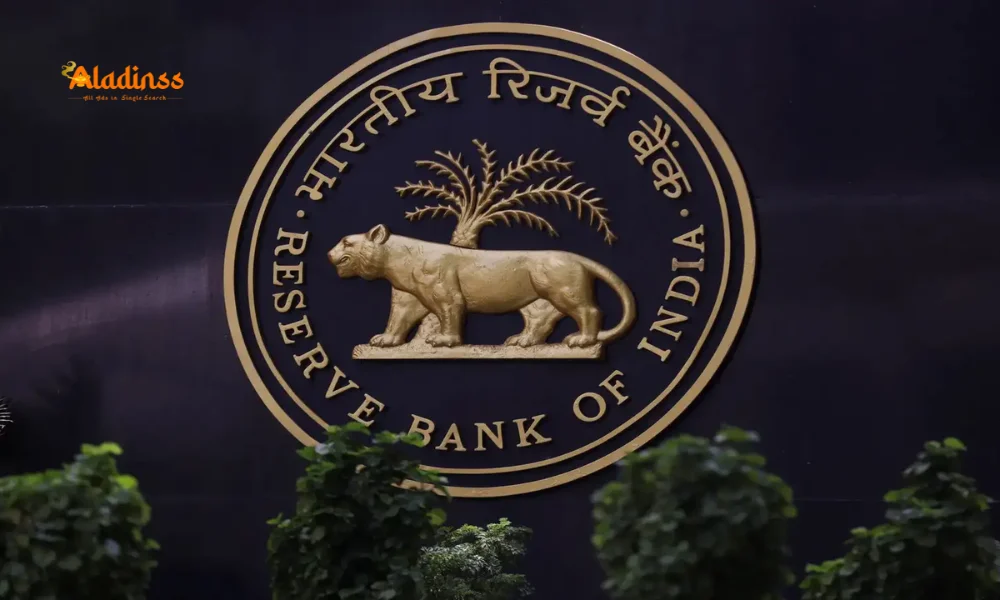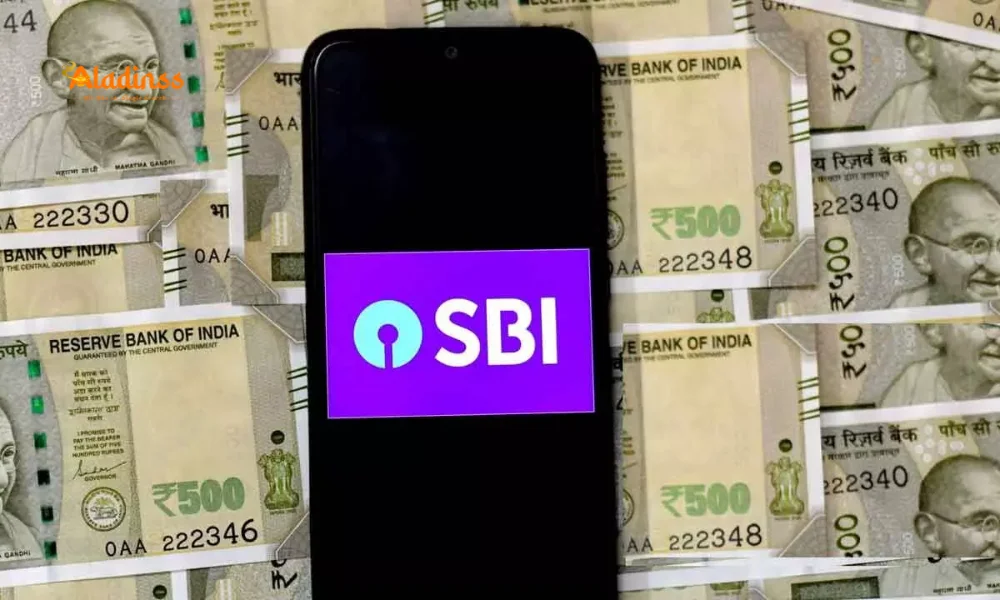Beyond Fixed Deposits Four Intelligent Alternatives to Grow Wealth

Beyond Fixed Deposits: 4 Intelligent Alternatives to Accelerate Wealth Growth
Fixed deposits remain a cornerstone of financial security in India, offering guaranteed returns and zero default risk. Investors lock funds for predetermined periods and earn steady interest, with senior citizens enjoying extra rates. Banks and NBFCs typically provide 6-8% returns, which lag behind average mutual fund performance yet beat inflation reliably. This safety net explains why millions prefer FDs despite modest yields. However, smart investors now explore alternatives blending higher growth potential, flexibility, tax benefits, and portfolio diversification without compromising peace of mind.
Shifting focus beyond traditional FDs opens doors to asset classes that reward patience and strategic planning. Government securities, corporate bonds, company fixed deposits, and exchange-traded funds deliver superior outcomes for those willing to understand minimal risks. Each option caters to different goals short-term liquidity, long-term appreciation, or balanced exposure. This guide breaks down four powerful alternatives, explaining mechanics, advantages, and entry points for retail participants.

1. Government Bonds: The Closest Substitute to Risk-Free Returns
Government securities, popularly called G-Secs, are debt instruments issued by central or state governments to finance public projects. They come in two flavors: short-term treasury bills (under one year) and long-term dated securities or bonds. State governments issue State Development Loans (SDLs), while the centre handles both categories. G-Secs are virtually default-proof because repayment is backed by sovereign guarantee making them gilt-edged assets.
Investors receive periodic coupon payments and principal at maturity. Holdings can be dematerialized for paperless convenience or kept physically. Maturity spectrum spans 91 days to 40 years, aligning perfectly with individual cash-flow needs. Secondary market trading ensures liquidity; sell anytime without breaking the deposit prematurely.
Special variants like oil bonds or UDAY securities often carry higher yields. Institutions use G-Secs as collateral in repo markets to raise short-term funds. Retail participation is seamless via RBI Retail Direct portal, stock exchanges, or banks. Taxation follows standard debt instrument rules interest is taxable, but capital gains on listed bonds held over 12 months qualify for long-term indexing benefits.
Current 10-year benchmark G-Sec yields hover around 6.8-7.2%, often surpassing top FD rates from scheduled banks. Floating-rate savings bonds issued by RBI offer 7.35% (plus 0.35% extra for seniors) linked to NSC rate, providing inflation protection. These make government bonds ideal alternative investment options for conservative portfolios seeking predictable income.
2. Corporate Bonds: Balancing Yield and Credit Quality
Corporates raise debt capital by issuing bonds promising fixed coupons and principal repayment. Unlike equity, bondholders are creditors with priority in liquidation. Risk arises from potential default, but rated issuances from blue-chip firms minimize this concern. AAA-rated papers from NBFCs or PSUs deliver 8-10% yields significantly above bank FDs.
Online Bond Platform Providers (OBPPs) like Wint Wealth, GoldenPi, and BondsIndia democratize access. Investors browse live listings, filter by rating, tenure, and yield, then purchase in demat form. Minimum ticket sizes start at ₹10,000, making entry affordable. Platforms display CRISIL, ICRA, or CARE ratings alongside yield-to-maturity (YTM) calculations.
Taxation mirrors FDs for unlisted bonds; listed securities enjoy indexation if held over one year. Early secondary market exits are possible, though liquidity varies. Diversify across 8-10 issuers to mitigate single-name risk. Infrastructure bonds additionally offer Section 54EC capital gains exemption when proceeds from asset sales are reinvested within six months.
Market dynamics favor corporate bonds currently RBI rate cuts expected in 2026 will push prices higher, delivering capital appreciation alongside coupons. Seasoned investors ladder maturities (3-7 years) to capture falling interest cycles. Corporate bonds thus emerge as high-return alternatives to fixed deposits with manageable risk.
3. Corporate Fixed Deposits: Higher Rates from Trusted Companies
Company FDs function identically to bank versions but originate from corporates. Interest rates range 7.5-9.5%, with AAA-rated NBFCs like Bajaj Finance, Mahindra Finance, or HDFC Ltd leading the pack. Tenures span 12-60 months; premature withdrawal incurs penalties but remains available unlike some schemes.
Credit rating is non-negotiable stick to AAA/AA+ papers to limit default probability. CRISIL FAA+ or ICRA MAAA signal strong repayment capacity. Cumulative options compound interest quarterly, maximizing effective yields. Senior citizens receive 0.25-0.50% extra. Form 15G/H submission avoids TDS for income below taxable thresholds.
Applications are digital via company websites or apps; funds transfer via net banking. Interest payout frequency monthly, quarterly, or at maturity suits pensioners needing regular cash flows. Unlike bank FDs insured up to ₹5 lakh by DICGC, corporate FDs carry no such cover, emphasizing rating diligence.
Recent RBI guidelines mandate listed entities to raise at least 25% debt via bonds, reducing reliance on unsecured FDs. This improves overall ecosystem safety. Corporate fixed deposits serve as lucrative FD alternatives when allocated 10-20% of surplus funds alongside diversified holdings.
4. Exchange-Traded Funds: Diversified Growth with Stock-Like Ease
ETFs pool investor money into baskets tracking indices, sectors, or commodities. Units trade intraday on NSE/BSE at real-time NAVs, blending mutual fund diversification with share-like liquidity. Expense ratios stay ultra-low (0.05-0.30%) versus active funds, preserving returns.
Debt ETFs invest in bond indices, delivering 7-9% yields with daily liquidity. Examples include Bharat Bond ETF (PSU-focused) or Liquid ETFs for parking short-term cash. Equity ETFs mirror Nifty 50 or Sensex, historically returning 12-15% annualized over decades. Gold ETFs eliminate physical storage hassles while tracking domestic prices.
Open a demat account with Zerodha, Groww, or Upstox to start. SIPs in ETFs automate rupee-cost averaging. Taxation follows underlying asset equity ETFs held over one year attract 12.5% LTCG; debt ETFs face slab rates without indexation post-2023 budget. International ETFs provide global exposure within LRS limits ($250,000 annually).
Passive investing via ETFs outpaces most active funds net of fees, per SPIVA India reports. Newer thematic ETFs target PSU banks, infrastructure, or consumption capturing structural growth stories. ETFs rank among smartest investment options beyond FDs for beginners and veterans alike.
Strategic Allocation Framework for Optimal Results
Construct a balanced ladder: 40% in G-Secs for stability, 25% corporate bonds for yield, 15% company FDs for incremental return, and 20% ETFs for growth. Rebalance annually or when asset weights drift 5%. Use online calculators to match durations with goals short tenures for emergencies, longer for retirement.
Monitor interest rate cycles; falling regimes favor long-duration bonds for price gains. Deploy fresh investments via systematic transfer plans from liquid funds. Document ratings, ISINs, and maturity dates in a spreadsheet. Consult certified financial planners for personalized asset-location strategies across taxable and tax-free accounts.
Technology simplifies execution RBI Retail Direct for G-Secs, OBPP apps for bonds, broker platforms for ETFs, and company portals for FDs. Set alerts for coupon credits and maturity proceeds. Automate reinvestments to compound efficiently. This disciplined approach transforms modest surpluses into substantial corpora over decades.
Inflation currently at 4.8% erodes purchasing power; aim for post-tax returns exceeding 7% to preserve real wealth. Diversified alternatives deliver exactly that without speculative risks of direct stocks or crypto. Start with ₹50,000 across two options, scale confidently as comfort grows.
Regulatory oversight strengthens investor protection SEBI monitors bond platforms, RBI supervises NBFCs, and stock exchanges ensure ETF transparency. Grievance redressal via SCORES or RBI Sachet remains accessible. Knowledge empowers; dedicate weekends to reading offer documents and yield calculators.
The journey beyond fixed deposits begins with awareness and small steps. Each instrument complements the others, creating resilient portfolios that withstand market fluctuations. Embrace these alternative investment options today to unlock tomorrow’s financial freedom.
Comment / Reply From
No comments yet. Be the first to comment!









